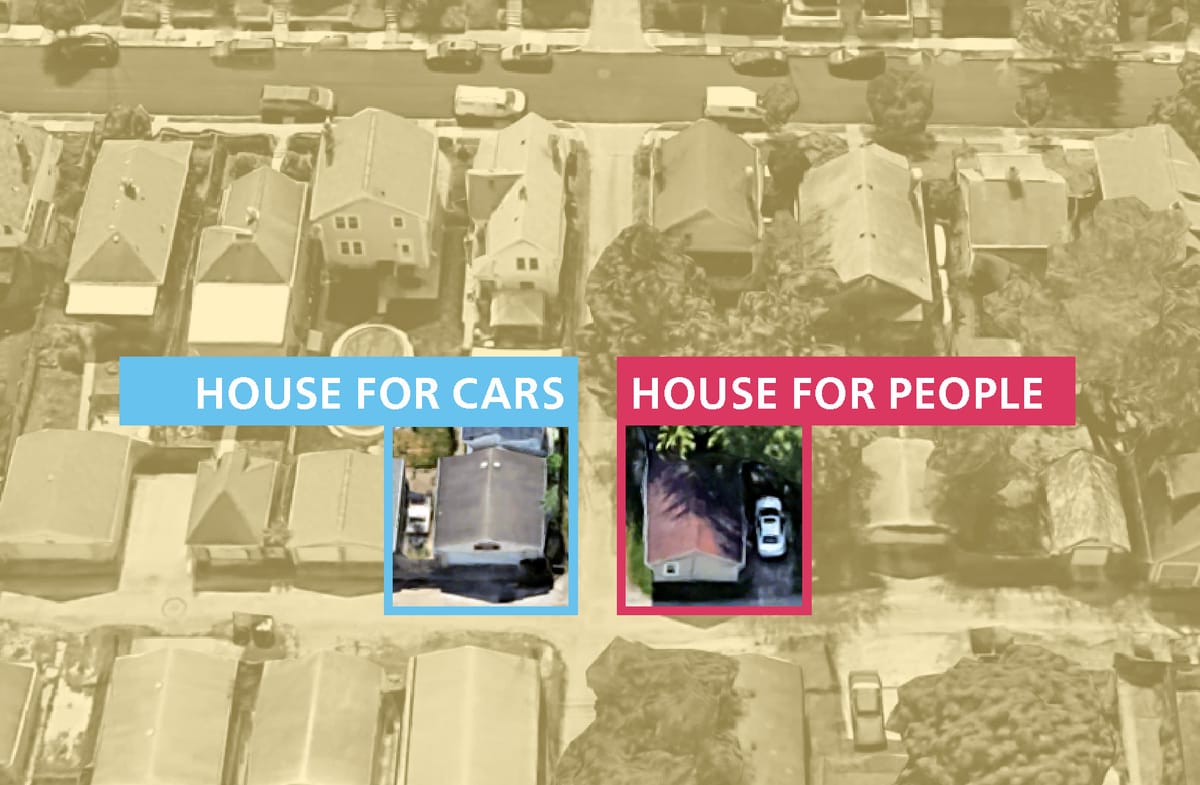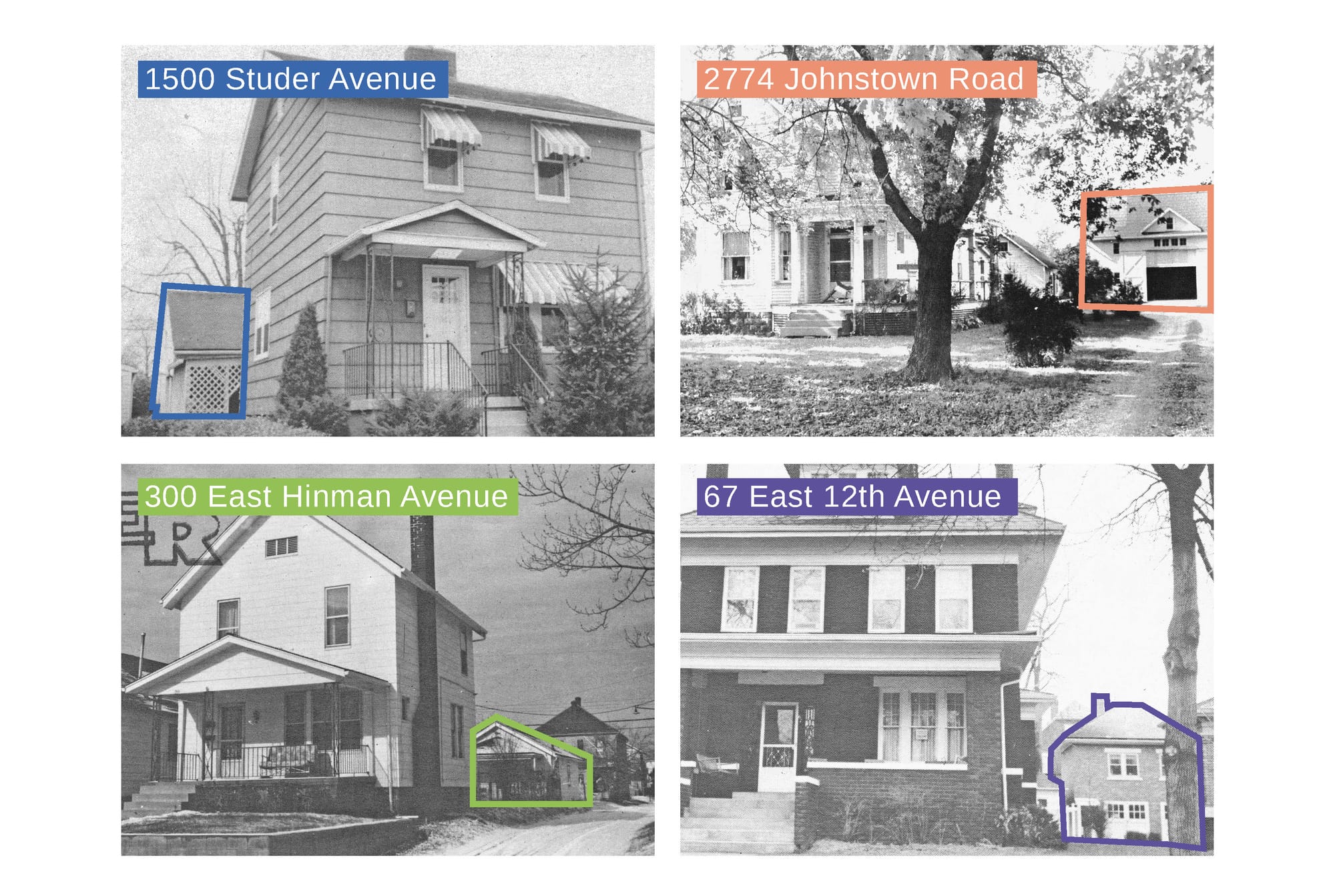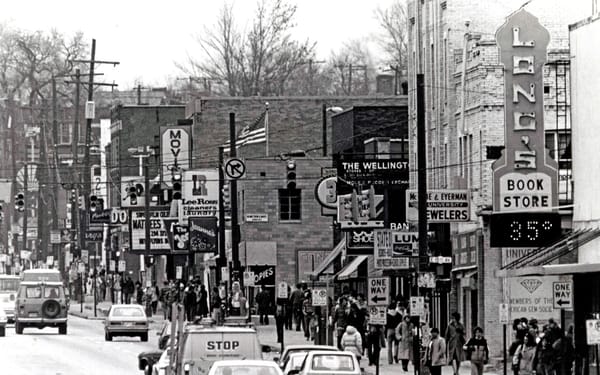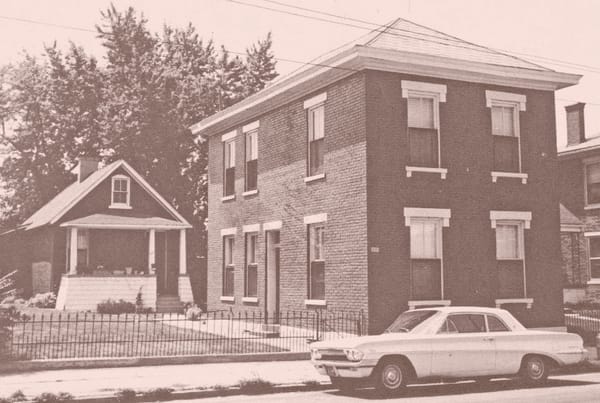💌 Action alert on ADUs, and more!

We recently sent you an email all about ADUs, so we're not going to rehash that content here.
But since there's a hearing coming up at Columbus City Council, there are some additional policy considerations to share. This Tuesday, council will host a discussion of changes that would make it easier for owners to construct ADUs in residential zoning districts. To submit written or spoken testimony, email abagne@columbus.gov by Tuesday, July 22 at Noon.
The subject line of the email must be "July 22 Hearing Testimony" and you must include your name and home address. We hope you consider adapting our sample letter (download below) and even including some of your opinions on the 10 policy components offered below.
ADUs are indisputably part of Columbus' heritage
Our recent email hit this point pretty hard, so here we'll just briefly share more historical examples of ADUs. The photos below are from the MLS Real Estate Card collection at the Columbus Metropolitan Library. In them you can see rear cottages that were often rented out for additional income—whether to the owner-occupant or a landlord. The rent for these cottages was typically lower than the main unit(s).

The Details: ADU Policy Considerations
While saying you support ADUs is fine, there are some additional details to consider when thinking about exactly how this land use is permitted and regulated. Here are 10 suggested features of ADU policy that would assist with broad and effective adoption.

- Allow ADUs by right on any residential lot. This brings the most land into play for building more homes with certainty of approvals.
- Approve ADUs within 90 days. Timely approvals increase certainty and lowers soft costs and carrying costs for building homes.
- No owner-occupancy requirement (ADU or main home). Owner occupancy requirement lowers the resale value of homes with ADU’s, lowering feasibility.
- No income-related occupancy requirement. Income-restricted occupancy greatly increases the administrative burden of regular homeowners providing rental apartments. These homes are “naturally affordable” compared to other homes in the market
- No additional lot size requirement. No additional lot area is required when you have a kid. We want all lots to be able to contribute to building new homes.
- ADUs may have a dedicated exterior door and does not need to be internally connected to the primary dwelling. ADU’s may be internal to a home and interconnected, but more often they are a separate home deserving of respect and privacy.
- No maximum or minimum square footage. You can’t regulate ADU’s into only tiny homes, and likewise, you can’t make them prohibitively large. Building code and occupancy code already take care of minimum standards for health and safety—don’t need zoning to do that too.
- No off-street parking requirement. We want to build places for people to live and we don’t need to micromanage how people park their cars (or not, if as the case may be they don’t own one)
- No impact fees. ADU’s are not a harm that must be mitigated; they are a benefit to the community by bringing more attainable homes into the neighborhood.
- Allow ADUs to connect to existing utilities. An ADU is practically not much different to an addition to your house. Requiring separate utility hookups can be cost prohibitive and is unnecessary.
Lastly, pre-approved designs can help
If the city can offer pre-approved ADU designs, as is done by the City of Los Angeles and other places, then permitting fees should be waived for those applicants who choose to use a pre-approved design.

New documentary showcases the cultural significance of multifamily housing in Columbus
In June 2025, the Affordable Housing Alliance of Central Ohio screened for a sold-out audience the world premiere of “United: the Hidden Story of the Humble Duplex,” an original short film by Director Anita Kwan (view the trailer).
United tells the story of how the modest duplex emerged as a symbol of middle-class strength and mobility. As residential segregation divided the country, the duplex was targeted and often outlawed. But today, a new generation is reclaiming and reviving this architectural icon. United will also be shown on July 22 at 3:30pm in council chambers before the ADU hearing.

Upcoming Zone In Workshops
Speak with city staff about the rezoning initiative and share your input on where and how Columbus should grow.
- Wednesday, July 23 from 5pm to 7pm (drop in anytime)
West High School, 179 S. Powell Ave. - Thursday, July 24 at Pearl Market (downtown)
- Thursday, July 24 at Rise Up CBUS! at Cherry Creek YMCA

Worthington is writing a new comprehensive plan
For the first time in nearly 20 years, Worthington is creating a new citywide comprehensive plan. Worthington Together is a community-driven planning process that will prepare the city for realistic, actionable change.
If you're a resident, we hope you will attend events and submit feedback that encourages the city to allow diverse housing to co-exist in all neighborhoods, support traditional neighborhood development, and offer safe infrastructure for people walking, biking, and taking transit. As part of the Worthington Together speaker series, Michael Wilkos of the United Way of Central Ohio will speak on Wednesday, July 23 at 6pm at the McConnell Arts Center about local and regional population growth and demographic change.




